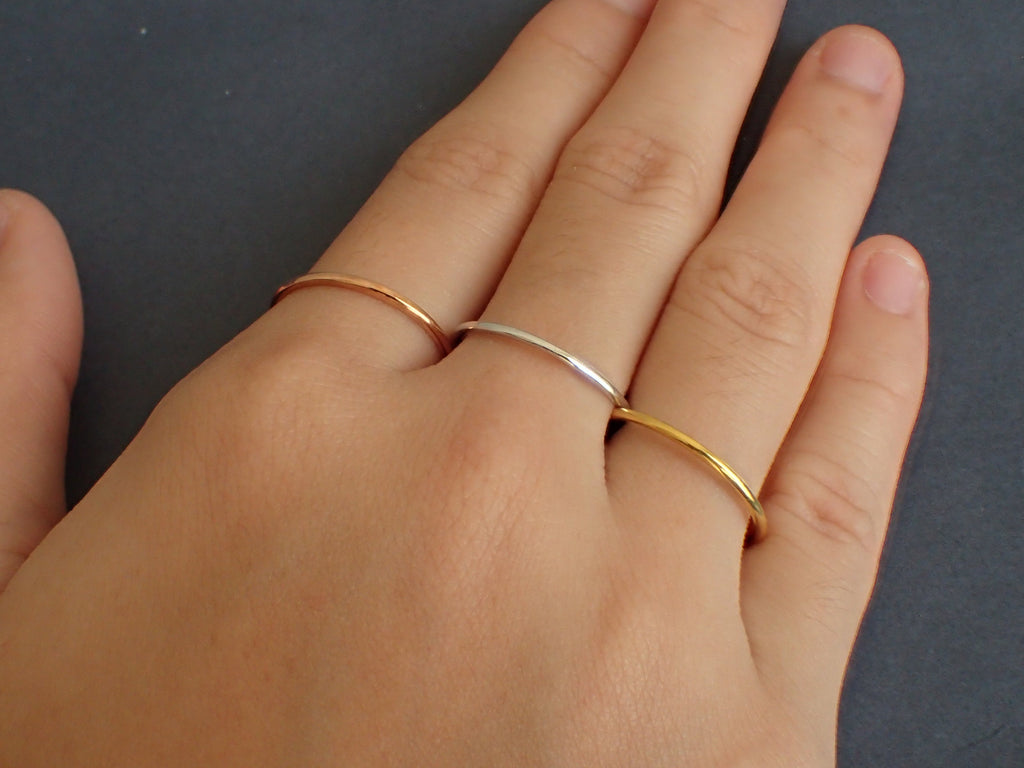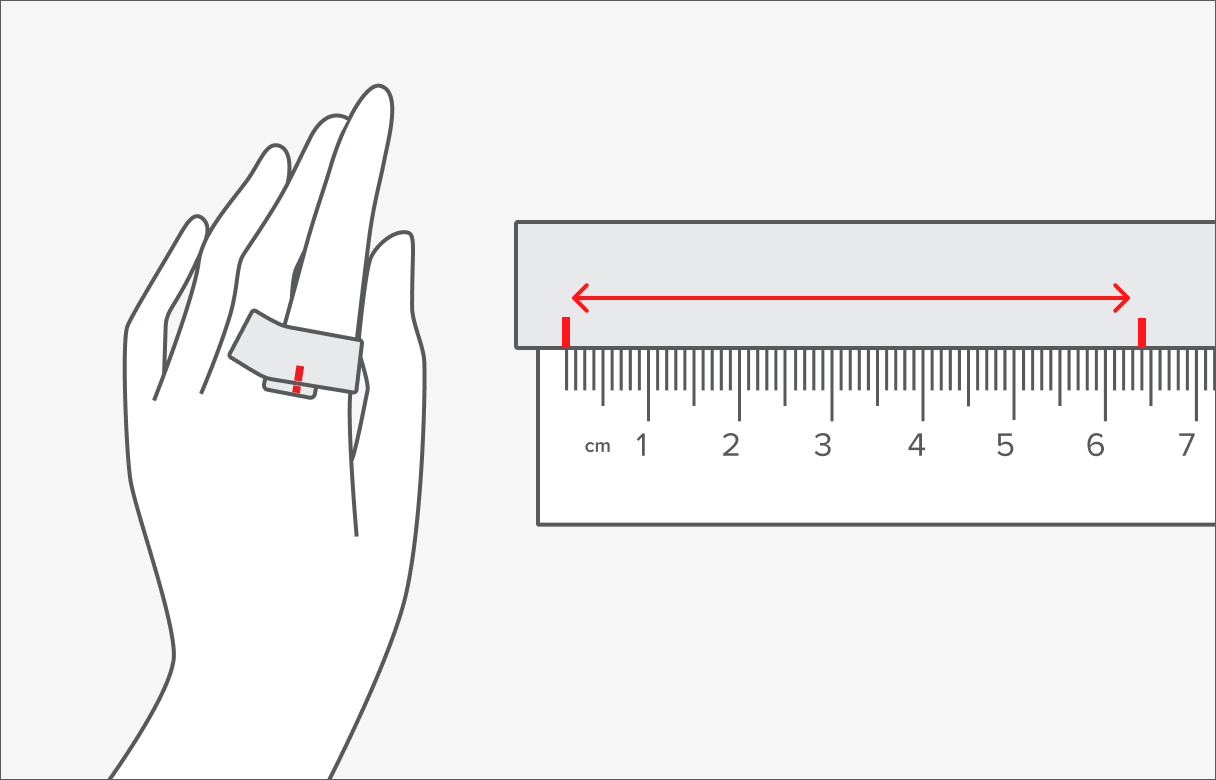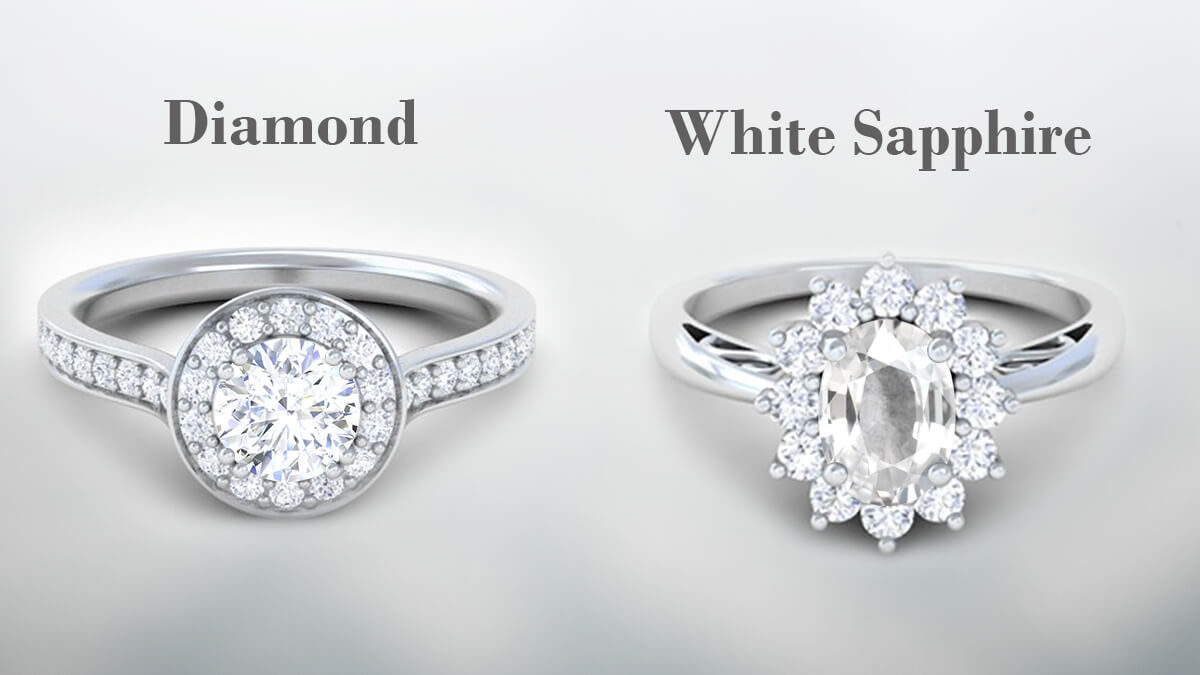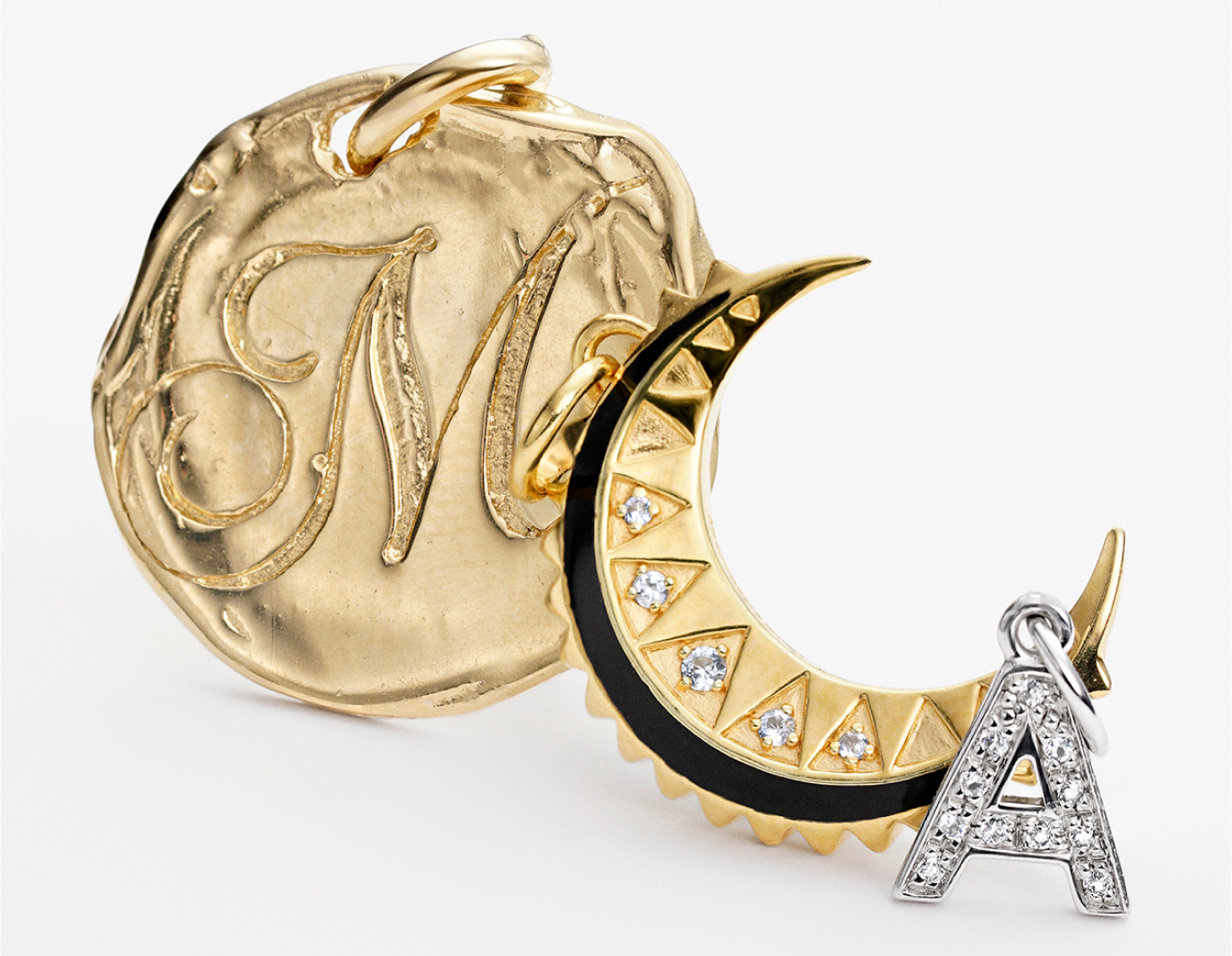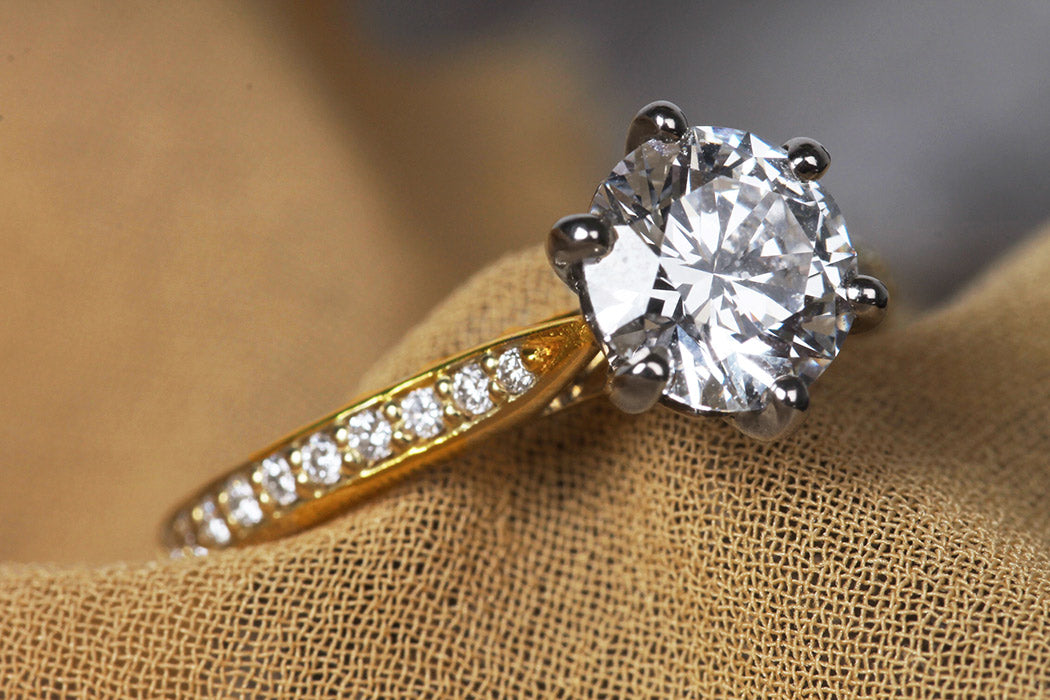Investing in why invest pink diamonds and man-made diamonds offers unique opportunities for those looking to diversify their investment portfolios. Both types of diamonds present distinct advantages and considerations, making them appealing to investors for different reasons. In this article, we will explore why pink diamonds and man-made diamonds are worth considering, discussing their value, market trends, and investment potential.
Understanding Pink Diamonds
What Are Pink Diamonds?
Pink diamonds are one of the rarest and most sought-after gemstones in the world. Their captivating color ranges from light blush to deep rose, and their rarity is due to the unique geological conditions required for their formation. Unlike other colored diamonds, pink diamonds do not get their color from impurities; rather, their hue results from the distortion of their crystal lattice during formation.
The Value of Pink Diamonds
The value of pink diamonds is influenced by several factors, including color intensity, clarity, cut, and carat weight. The more intense the pink color and the higher the carat weight, the more valuable the diamond. Pink diamonds have consistently shown strong performance in the luxury market, with prices rising steadily over the years. Their rarity and demand make them a valuable asset for investors.
Market Trends
The market for pink diamonds has experienced substantial growth, driven by increasing demand from high-net-worth individuals and collectors. The limited supply of pink diamonds, combined with their appeal as luxury items, has contributed to their rising value. Notable auctions, such as those conducted by Sotheby’s and Christie’s, have showcased record-breaking sales for pink diamonds, highlighting their investment potential.
Man-Made Diamonds: A Growing Trend
What Are Man-Made Diamonds?
Man-made diamonds, also known as synthetic or lab-grown diamonds, are created using advanced technological processes that replicate the natural conditions under which diamonds form. There are two primary methods for producing man-made diamonds: High-Pressure High-Temperature (HPHT) and Chemical Vapor Deposition (CVD). Both methods produce diamonds that are chemically, physically, and optically identical to natural diamonds.
The Benefits of Investing in Man-Made Diamonds
Affordability: Man-made diamonds are generally more affordable than their natural counterparts. The lower cost of production translates to lower retail prices, making them accessible to a broader range of investors.
Ethical and Sustainable: Man-made diamonds are considered more ethical and environmentally friendly compared to mined diamonds. They eliminate concerns related to conflict diamonds and reduce the environmental impact associated with traditional diamond mining.
Technological Advances: As technology improves, the quality and variety of man-made diamonds continue to enhance. This innovation contributes to the growing acceptance and demand for synthetic diamonds in the market.
Market Trends
The market for man-made diamonds is expanding rapidly, driven by increasing consumer awareness and shifting preferences toward sustainable and ethical products. Major jewelry retailers are incorporating man-made diamonds into their collections, further boosting their visibility and acceptance. This trend is expected to continue, providing opportunities for investors interested in this emerging market.
Comparing Pink Diamonds and Man-Made Diamonds
Rarity vs. Affordability
Pink diamonds are prized for their rarity and unique color, which drives their high value and investment potential. In contrast, man-made diamonds offer affordability and ethical advantages, making them an attractive option for investors seeking value and sustainability.
Market Performance
While pink diamonds have demonstrated strong performance and appreciation in value, man-made diamonds are still a relatively new market. However, the growing acceptance and demand for man-made diamonds suggest potential for significant returns in the future.
Investment Strategy
Investing in pink diamonds may be suitable for those looking for a long-term, high-value asset with proven market performance. On the other hand, man-made diamonds offer a more accessible entry point and align with trends toward sustainability and ethical practices.
Conclusion
Both pink diamonds and man-made diamonds present compelling investment opportunities, each with its own set of advantages. Pink diamonds offer exceptional rarity and potential for high returns, while man made diamonds provide affordability and align with ethical and sustainable values. Understanding the unique characteristics and market trends of each type of diamond can help investors make informed decisions and diversify their portfolios effectively.



